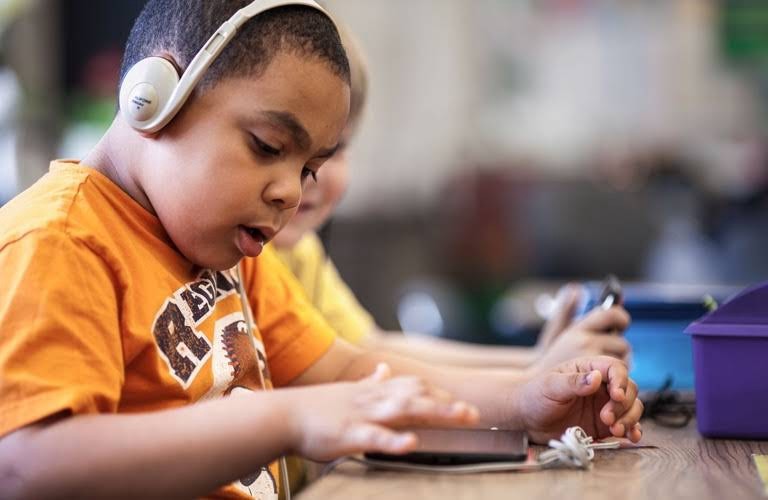Teaching Students with Disabilities during COVID-19
National Association for Music Education (NAfME) has developed a series of Professional Learning Community webinars to deliver timely and targeted topics presented by experts during COVID-19.
This is a free webinar with Alice Hammel, “Teaching Students with Disabilities during COVID-19 (National Association for Music Education)
Teaching Students with Disabilities during COVID-19 – By Alice Hammel from NAfME on Vimeo.
They wrote for this webinar:
I really loved this webinar it was just as amazing as the first time I saw you present at KMEA. It was nice hearing someone emphasis that teachers can only do so much in the current climate, because I feel like I haven’t heard that enough, a lot of people I think just expect teachers to just push through. Seeing how to differentiate assignments for special needs students was very helpful. In a lot of my classes that cover those topics give good ideas but seeing specific examples is so helpful. Like using different colors in notation, and using household objects to create different sounds, and creating captioning for videos.

This is an excellent webinar because with the unexpected series of events regarding COVID-19’s effect on education, our students with disabilities were not first to come in mind. The in school accommodations serve our students well, but the virtual instruction layout has proven to be difficult. Not only does virtual instruction impose barriers to accessibility, but motivational issues, too. This webinar effectively highlights the idiosyncrasies found in music education very well. For example, in many cases, music teachers will ask the students what they want to perform or learn, so taking student interests into account leads to higher retention, attention, and success in virtual instruction. Take a look at your google meet classes, blank screen with names, and little participation. This webinar addresses the decline in student motivation and meaningful assignments by emphasizing that our students know the difference between meaningful and busy work. Excellent discussion and presentation.